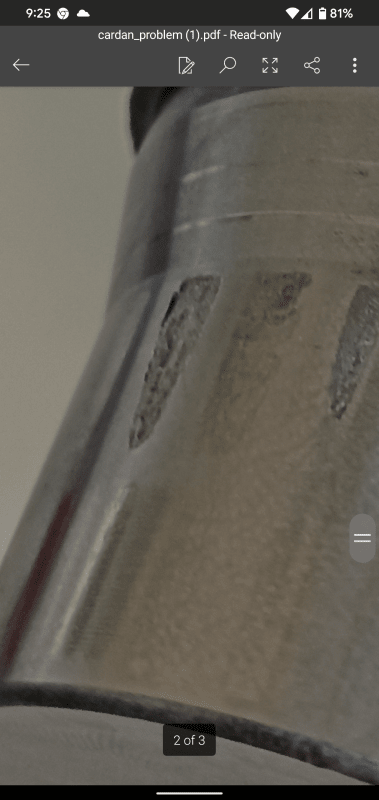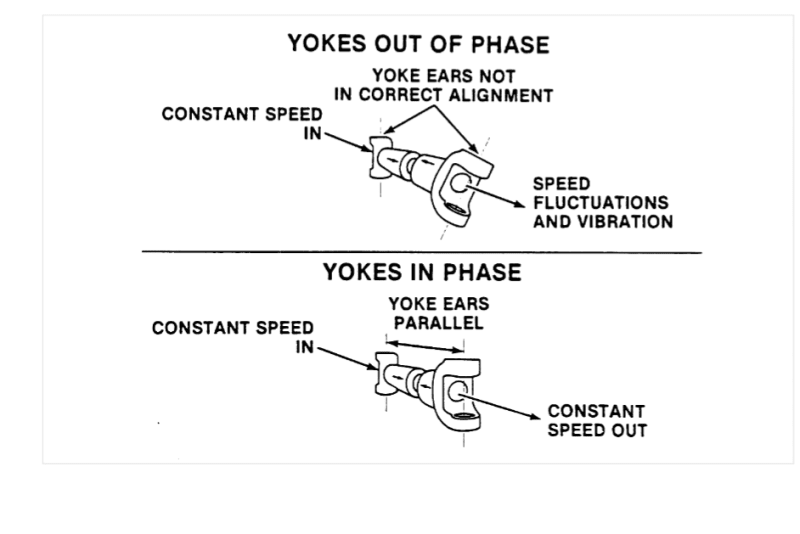Sofistioelevib
Industrial
- Jun 24, 2015
- 100
Hello to everyone,
i have really strange case about cardan shaft problems.
I attachment you find some photos about one of the cardan shaft failured.
This is paper mill company and have big trouble during last year. All motors are DC motors with one AC/DC drive per unit motor.
Some indications for you:
[ol 1]
[li] in the last year rise the cardan shaft damage before 5 month[/li]
[li] In the plant there are more than 10 cardan shaft and alternatively, without apparent reasons, it will fail [/li]
[li] Same builder ever, same type of grease ever, and same alignment company provide alignment ever [/li]
[li] Same lubrication interval ever [/li]
[/ol]
Customer assumes that this problem may derive either from eddy currents or from the fact that a 4MW cogeneration unit was installed in the last year.
What your opinion?
i have really strange case about cardan shaft problems.
I attachment you find some photos about one of the cardan shaft failured.
This is paper mill company and have big trouble during last year. All motors are DC motors with one AC/DC drive per unit motor.
Some indications for you:
[ol 1]
[li] in the last year rise the cardan shaft damage before 5 month[/li]
[li] In the plant there are more than 10 cardan shaft and alternatively, without apparent reasons, it will fail [/li]
[li] Same builder ever, same type of grease ever, and same alignment company provide alignment ever [/li]
[li] Same lubrication interval ever [/li]
[/ol]
Customer assumes that this problem may derive either from eddy currents or from the fact that a 4MW cogeneration unit was installed in the last year.
What your opinion?



